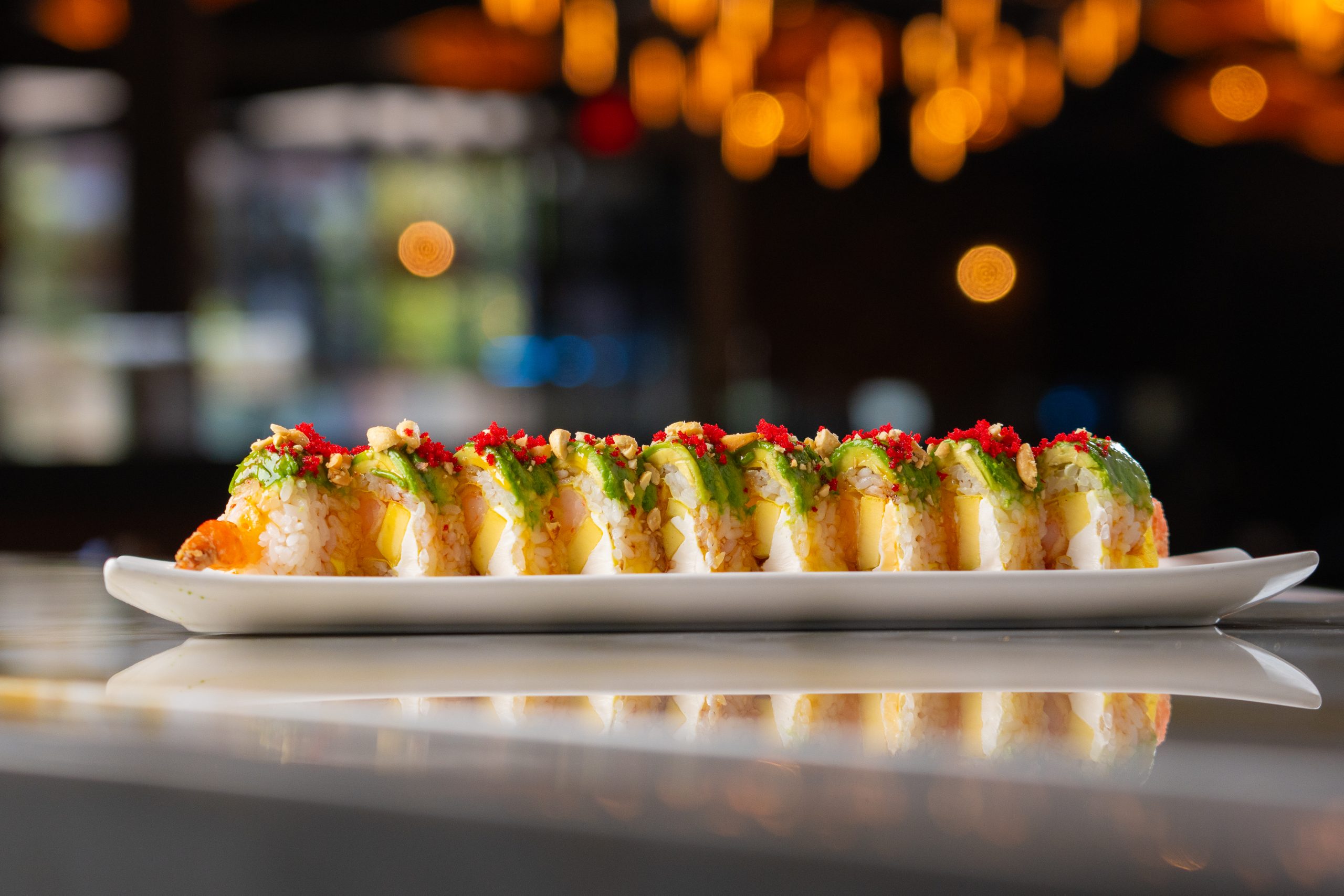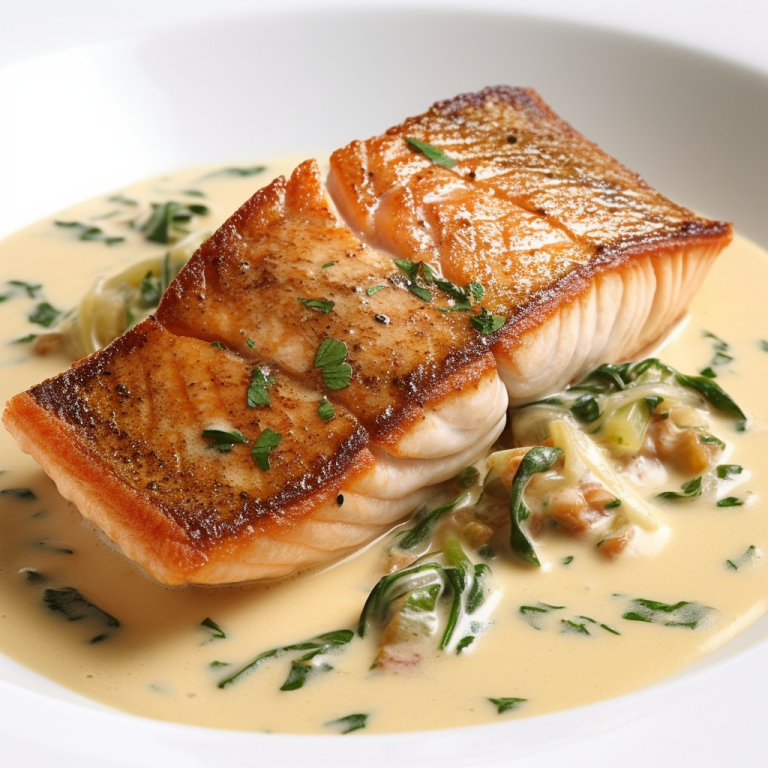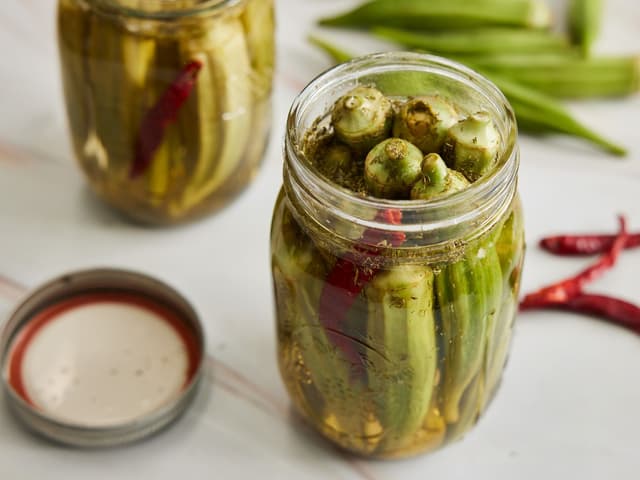Mexican Sushi: A Flavorful Fusion Experience & How to Make It at Home
Mexican sushi’s roots lie in the dynamic interplay of Japanese immigration and Mexico’s rich culinary heritage. Japanese immigrants introduced sushi to Mexico in the early 20th century. Over time, local chefs began incorporating Mexican ingredients like jalapeños, cilantro, and avocado into traditional sushi rolls. This blend of flavors created a unique cuisine, distinct yet familiar.
Cities like Tijuana and Cabo San Lucas became early adoption centers, where chefs experimented with combining Mexican spices and seafood with sushi techniques. These groundbreaking efforts paved the way for the widely popular fusion seen today.
Fusion Flavors in Modern Cuisine
Mexican sushi has evolved to include a wide array of flavors, blending iconic elements from both Mexican and Japanese kitchens. You can find rolls featuring ingredients such as spicy tuna, adding a Mexican twist with jalapeños, chipotle mayo, and cilantro.
Restaurants often serve these fusion dishes with traditional Mexican sides like rice and beans, creating a complete cultural experience. Rolls such as the “Cabo Roll” or “Tijuana Roll” are popular, highlighting the creative integration of both cuisines.
In modern cuisine, chefs experiment with adding distinct Mexican elements like hot sauces or grilled meats to sushi rolls, offering a bold new take on a classic dish. This innovative approach continues to attract a broad audience, keeping Mexican sushi vibrant and relevant.
Key Ingredients of Mexican Sushi
Common Proteins Used
Mexican sushi typically features a variety of proteins, both traditional and unconventional. Tuna, salmon, and shrimp are staples in these fusion rolls. Grilled meats like carne asada and al pastor often find their way into rolls, adding a smoky flavor. An example is the “Tijuana Roll,” filled with grilled beef and avocado.
Unique Spices and Condiments
A defining feature of Mexican sushi is its vibrant spices and condiments. Jalapeños, chipotle, and cilantro are frequently used to add a Mexican twist. Chipotle mayo and spicy sauces enhance the flavor profile, providing a spicy kick. For instance, the “Spicy Tuna Roll” might include jalapeños and a drizzle of chipotle sauce.
By combining these unique ingredients, Mexican sushi delivers a flavorful and innovative dining experience.
Popular Mexican Sushi Dishes
Types of Rolls and Their Ingredients
Mexican sushi offers a rich variety of rolls, each featuring distinct ingredients. One popular option is the “Cilantro Roll,” which includes fresh cilantro, spicy tuna, and cucumber, all wrapped in nori and rice. Often, it’s topped with avocado slices and drizzled with chipotle mayo. Another favorite is the “Carne Asada Roll,” highlighting Mexico’s love for grilled meats. This roll blends carne asada, jalapeños, and cream cheese, providing a smoky flavor that’s enhanced with a spicy aioli.
“Tempura Jalapeño Roll” combines shrimp tempura, jalapeño slices, and avocado. It’s then topped with masago and spicy sauce, creating a harmonious mix of crispiness and heat. Additionally, “El Pastor Roll” incorporates marinated pork, pineapple, and onion, resembling the traditional Mexican taco. It often includes pickled red onions and a drizzle of chipotle sauce.
Regional Variations Across Mexico
Various regions in Mexico have developed unique sushi styles, reflecting local culinary traditions. In Baja California, you find rolls with plentiful seafood, such as octopus and scallops, often served with a tangy ceviche twist. Here, restaurants frequently offer “Baja Roll,” which includes local fish, shrimp, and avocado topped with cilantro-lime sauce.
Tijuana adds its twist with spicy creations like the “Tijuana Roll,” which contains spicy tuna, cream cheese, and jalapeños. It’s usually topped with a fiery hot sauce, embodying the city’s bold flavor profile.
In the central regions like Mexico City, sushi chefs incorporate diverse elements like chipotle, mole, and even grasshoppers. The “Chapulines Roll” is a prime example, featuring crispy grasshoppers with avocado and queso fresco, combining the traditional with the modern. The sauce used in these rolls often includes chili-infused soy sauce, adding an extra layer of flavor.
Northern regions such as Monterrey favor heartier options like the “Barbecue Roll,” which melds grilled beef, corn, and bell peppers. It’s topped with a smoky barbecue sauce, reflecting the area’s love for robust and savory dishes.
Each area adds its unique ingredients to create flavors that are distinctly Mexican, yet deliciously complementary to traditional sushi elements.
Making Mexican Sushi at Home
Necessary Tools and Ingredients
Creating Mexican sushi at home requires specific tools and ingredients. Key tools include a bamboo sushi mat, a sharp knife, and a rice paddle. Ensure you have a rice cooker for consistent rice quality.
Essential ingredients you need are sushi rice, nori (seaweed sheets), and rice vinegar. For Mexican flavors, include jalapeños, avocado, cilantro, and chipotle mayo. Also, incorporate proteins like shrimp, crab, carne asada, or al pastor. Quality soy sauce, pickled ginger, and wasabi to serve balance the flavors.
- Prepare the Rice: Rinse 2 cups of sushi rice until the water runs clear. Cook it in a rice cooker with 2.5 cups of water. When cooked, combine it with 1/4 cup of rice vinegar, 2 tablespoons of sugar, and a pinch of salt. Let it cool.
- Set Up Your Rolling Station: Lay a bamboo mat on a clean surface and cover it with plastic wrap. Place a nori sheet on the mat, shiny side down.
- Spread the Rice: With wet fingers, spread a handful of rice evenly over the nori, leaving a 1-inch border at the top. Don’t compress the rice.
- Add Fillings: Place desired fillings like jalapeños, avocado slices, cilantro, and chosen protein near the bottom of the nori.
- Roll the Sushi: Lift the bamboo mat with your thumbs, holding the filling in place with your fingers. Roll the sushi tightly away from you, pressing gently with each roll.
- Seal and Slice: Wet the top edge of the nori to seal the roll. Use a sharp knife to slice the roll into 1-inch pieces, wiping the knife with a damp cloth between cuts.
- Serve: Arrange the pieces on a platter. Serve with soy sauce, pickled ginger, and a dab of wasabi. Drizzle with chipotle mayo for an extra kick.
This step-by-step guide ensures you can create delicious Mexican sushi at home, blending traditional sushi techniques with vibrant Mexican flavors.
Where to Find Authentic Mexican Sushi
Recommended Restaurants in Mexico
1. Taka Sushi – Located in Tijuana, Taka Sushi fuses traditional Japanese techniques with Mexican ingredients like chile serrano and avocado. Yelp reviews highlight the spicy tuna roll topped with fresh jalapeños.
2. Sushi Loco – This Cabo San Lucas eatery adds a Mexican twist to every sushi roll. Try the Loco Roll, filled with shrimp tempura, avocado, and covered in chipotle mayo and salsa roja.
3. Sushi N Gon – Situated in Mexico City, Sushi N Gon specializes in unique combinations like carne asada rolls and tamarind dipping sauce. Locals praise its inventive menu and vibrant atmosphere.
Finding Mexican Sushi Abroad
1. Los Angeles – Sushinola – Sushinola offers classic Mexican sushi flavors like the Mar y Tierra Roll, which combines shrimp and carne asada. Located in East LA, it attracts both sushi enthusiasts and curious foodies.
2. San Diego – Rollin’ Roots – This food truck serves fusion sushi with a special Mexican flair. The Baja Roll, featuring grilled shrimp, avocado, and cilantro, is a crowd favorite.
3. New York City – Takumi Taco – Known for its sushi-inspired tacos, Takumi Taco brings Mexican sushi to the East Coast. The Tuna Tostada, topped with jalapeños and spicy mayo, is highly recommended by patrons.
These locations offer diverse options, ensuring authentic Mexican sushi experiences whether you’re in Mexico or abroad.
Conclusion
Mexican sushi offers a vibrant fusion of flavors that combine the best of Japanese and Mexican culinary traditions. Whether you’re a seasoned sushi lover or new to this unique cuisine, there’s something exciting about the creative use of ingredients like jalapeños and carne asada. Trying your hand at making Mexican sushi at home can be a fun and rewarding experience, allowing you to experiment with different flavors and techniques. If you prefer dining out, numerous restaurants in Mexico and abroad serve exceptional Mexican sushi. Dive into this delicious fusion and discover a new favorite dish that perfectly marries two rich culinary heritages.






